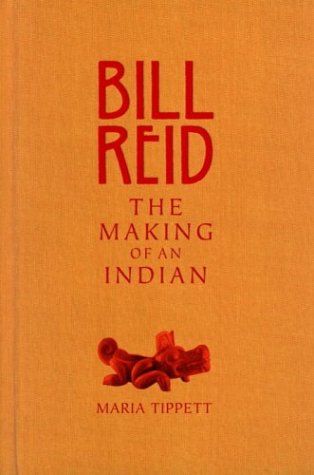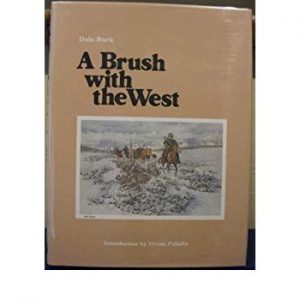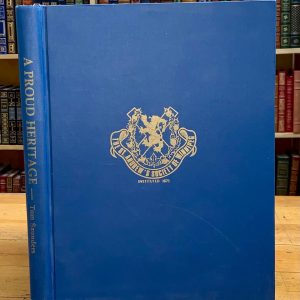Description
pp. 336, notes, bibliography, index. Black and white photographs throughout. “Bill Reid was at the forefront of the modern-day renaissance of Northwest Coast Native art, but his art, and his life, were not without controversy. Like the raven – the trickster and principle figure in countless Haida myths – Bill Reid reinvented himself several times over. Born to a partly Haida mother and a father of German and Scottish descent, his public persona as a Haida Indian seems to have originated as much from journalists, art patrons, museum curators and others in the non-Native establishment as from Bill Reid himself. What is clear is that Reid’s art arose from the tension that existed between his Native and white artistic perceptions. Award-winning biographer and cultural historian Maria Tippet became intrigued by this enigmatic figure who often referred to his works as ‘artifakes’ yet still continues to inspire new generations of Northwest Coast artists, including Robert Davidson and Jim Hart. But Tippett questions whether Reid’s status as the architect of contemporary Native art is fair and accurate, given that artists such as Mungo Martin had been keeping the tradition alive since the beginning of the twentieth century. Most controversially, she explores how Reid brought a sensibility formed through his white heritage to the reinvention of Native art. By asking difficult questions about Reid’s life and work, and by analyzing the works of other Native artists since the beginning of the twentieth century, Tippett gives the reader the defining portrait of Bill Reid – one of Canada’s most influential and beloved artists.”






